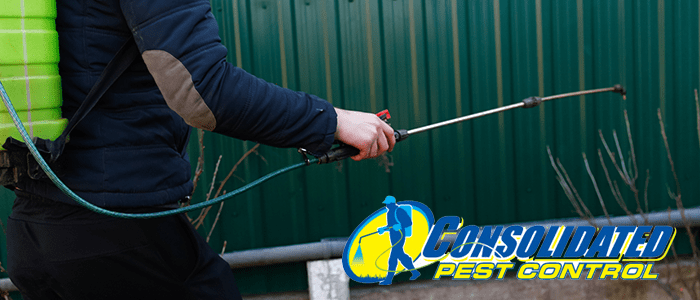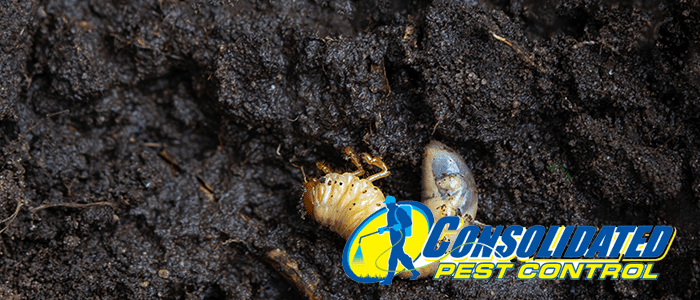
Indian Meal Moths and Corn Decorations
Everyone who has a penchant for decorating loves decorating in the Fall – It’s one of the best times of year to flex your creative muscle around the house. Whether it’s a sprinkling of orange leaf garlands, decorating with gourds and pumpkins, or breaking out that old scarecrow, there are lots of ways people add splashes of warm, earthy color to their homes. However, there is one decoration you should be particularly wary of when bringing it into your home. What decorations can carry pests? We’re going to tell you. The first one might be obvious! But first, what are Indian Meal Moths?
What is the Indian Meal Moth?
Indian meal moths are hardy, tough to fight pests that can live in your home for years after a single individual gets inside. They get their name from the fact that they were found to live primarily in “Indian meal,” or cornmeal and corn products upon their discovery in North America. They are small to almost inch-long moths with a wedge or triangular shape and frayed or messy-looking brown mottled wings with pointed heads.
Indian meal moths are a damaging pest, as they get into food stores and can spoil food, their droppings attract mold, and they can hide just about anywhere. They especially go after grains, and among grains, they especially favor corn and corn products. They also wreak havoc on pet food and birdseed, and their grubs can go unnoticed as they dig down deep into the bags. Prevention is key here.
What Decorations Attract Them?
As you might suspect, those colorful corn cob decorations are very attractive to meal moths. If you buy your corn decorations from a place that stores them outside, such as a nursery or garden supply store, you may want to keep those decorations outside. However, because they are left for long periods exposed to the elements and their pests, wild meal moths are likely to lay eggs in or around the corn cobs, and when you bring them indoors, you’ve brought in a big problem that can last years.
Decorations such as corn cob wreaths, corn cob pipes, or anything that uses a corn husk or dried corn will attract these pests. These attractive decorations are best kept outdoors and away from entrances, or purchased if they have been treated for pests – For example, if they have been dry baked or plastic coated. Indian meal moths may also hitch a ride in the hay, wheat, and other grain decorations, but when it comes to decorating, corn is the largest attracting factor when it comes to Indian meal moths.
Can I Get Rid of Indian Meal Moths?
Maybe. Prevention is the best medicine. Make sure pet food is stored in sealed plastic containers that are air-tight rather than in a rolled-up bag, keep bread and other grains like oatmeal and pasta and even flour in similar containers, and store birdseed outside in a similar container when possible. These moths, once established, are very hard to get rid of entirely as the adults lay up to 500 eggs at a time, which hatch into grubs that can stay in their larval form for up to two and a half years. Prevent Indian meal moths this year by avoiding bringing corn decorations indoors or purchasing corn decorations from indoor locations only. If you happen to find yourself infested with Indian meal moths, don’t hesitate to contact Consolidated Pest Control today to start talking about a coImprehensive treatment solution.








